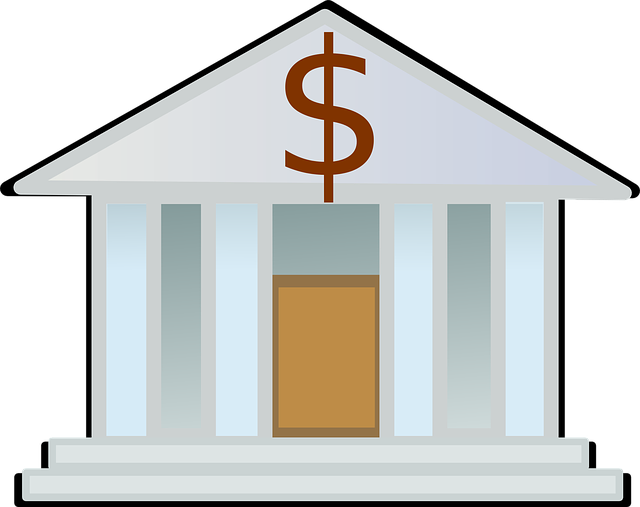Understanding loan terms like interest rates, repayment periods, and fees is crucial for borrowers seeking informed decisions. Evaluate fixed-rate vs variable-rate loans, weighing benefits and drawbacks such as stability vs flexibility. Strategically compare loan terms using tables, prioritizing needs like low payments or tax advantages to find the best fit for your financial situation.
When considering a loan, understanding the various types and their associated terms is crucial. This article guides you through the process of weighing the pros and cons of different loan options, from fixed-rate mortgages to personal loans and everything in between. We delve into the benefits and drawbacks of each, explore factors that influence decisions, and provide strategies to balance considerations for the best fit based on your financial needs and loan terms.
- Understanding Different Types of Loans and Their Terms
- Assessing the Benefits and Drawbacks of Each Loan Option
- Exploring Factors That Influence Loan Decisions
- Strategies for Balancing Pros and Cons to Find the Best Fit
Understanding Different Types of Loans and Their Terms

When considering a loan, understanding the different types and their associated loan terms is crucial. There are various types of loans available, each with its unique features and conditions. From fixed-rate loans to variable-rate ones, each option comes with specific terms regarding interest rates, repayment periods, and eligibility criteria. Knowing these variations enables borrowers to make informed decisions based on their financial needs and goals.
Loan terms play a pivotal role in shaping the borrower’s experience. Terms like loan tenure, interest calculation methods, prepayment penalties, and borrowing limits significantly impact the overall cost and flexibility of the loan. Borrowers should thoroughly read and comprehend these terms to avoid unexpected fees or conditions that could affect their financial health.
Assessing the Benefits and Drawbacks of Each Loan Option

When evaluating different loan options, a critical step is assessing the unique benefits and drawbacks associated with each type. Start by understanding the loan terms—interest rates, repayment periods, and any additional fees or penalties. Traditional fixed-rate loans offer predictability with consistent payments over a set period, making them ideal for borrowers who prefer stability. However, they may not be as flexible when financial circumstances change.
On the other hand, adjustable-rate loans provide initial lower interest rates but carry the risk of rising costs over time. These can be attractive during periods of low economic uncertainty, allowing borrowers to save on interest. Yet, they demand careful monitoring to avoid potential financial strain if rates increase significantly. Weighing these pros and cons helps individuals make informed decisions tailored to their financial goals and risk tolerance.
Exploring Factors That Influence Loan Decisions

When exploring different loan options, several factors come into play and influence the decision-making process. These include loan terms such as interest rates, repayment periods, and any associated fees or penalties. It’s crucial to weigh these elements carefully as they directly impact the overall cost of borrowing. For instance, a shorter repayment period might offer lower interest expenses but could also mean higher monthly instalments.
Additionally, borrowers should consider their financial stability and future prospects. Loan decisions should align with one’s ability to repay without causing significant strain on personal finances. Exploring various loan terms allows individuals to find the right balance between managing immediate monetary needs and ensuring long-term financial health.
Strategies for Balancing Pros and Cons to Find the Best Fit

When weighing the pros and cons of various loan options, a strategic approach is essential to find the best fit for your financial needs. Start by clearly defining your goals and understanding the specific loan terms associated with each option. Compare interest rates, repayment periods, and any additional fees or requirements. Prioritize the factors that matter most to you—whether it’s low monthly payments, flexibility in repayment, or tax benefits.
Consider creating a table to organize this information, making it easier to visualise and compare. This systematic approach ensures you don’t overlook crucial details. By balancing the pros and cons, you can identify loans that offer the best value, align with your financial goals, and provide a clear path to repayment without overwhelming debt.






